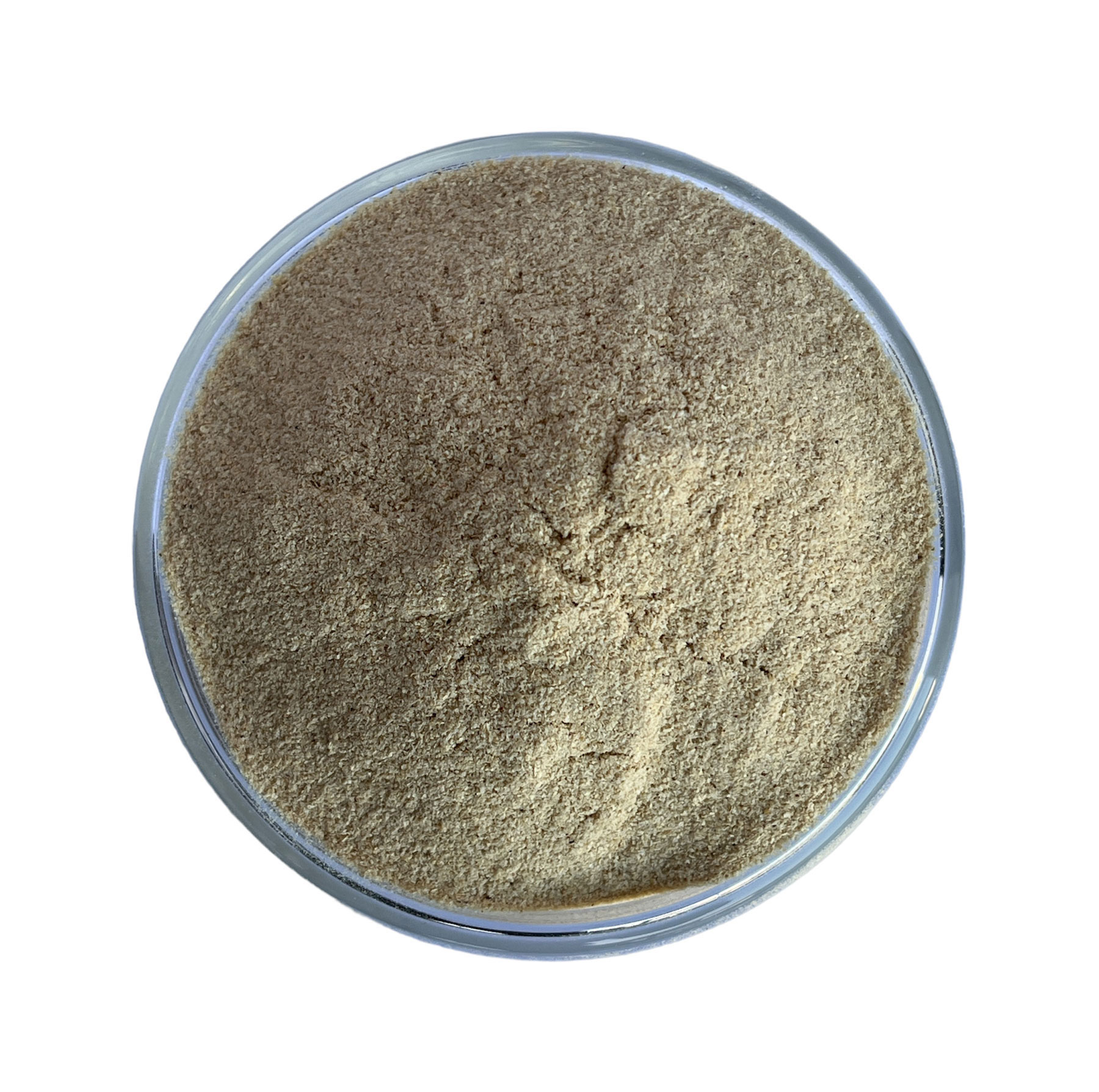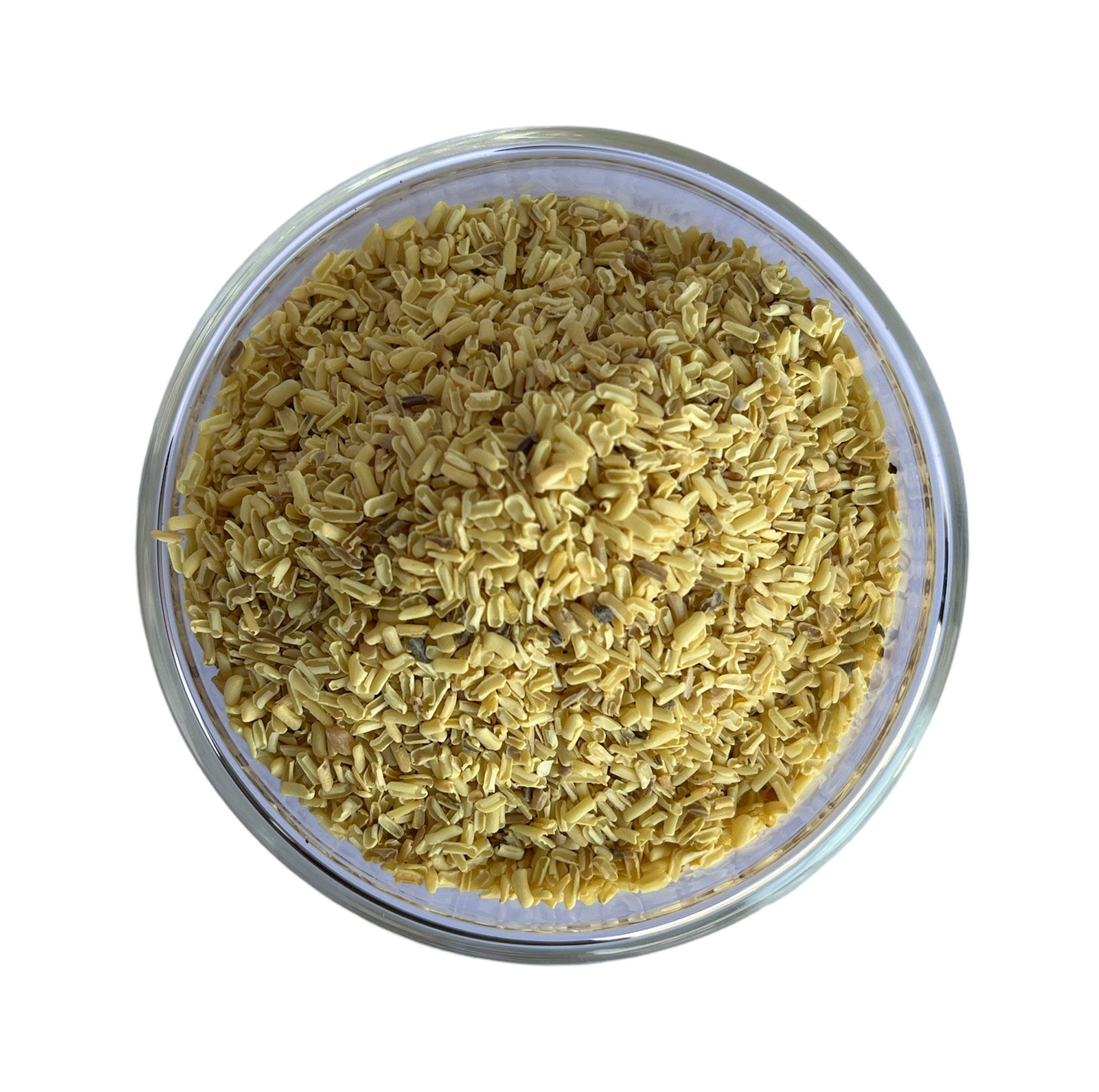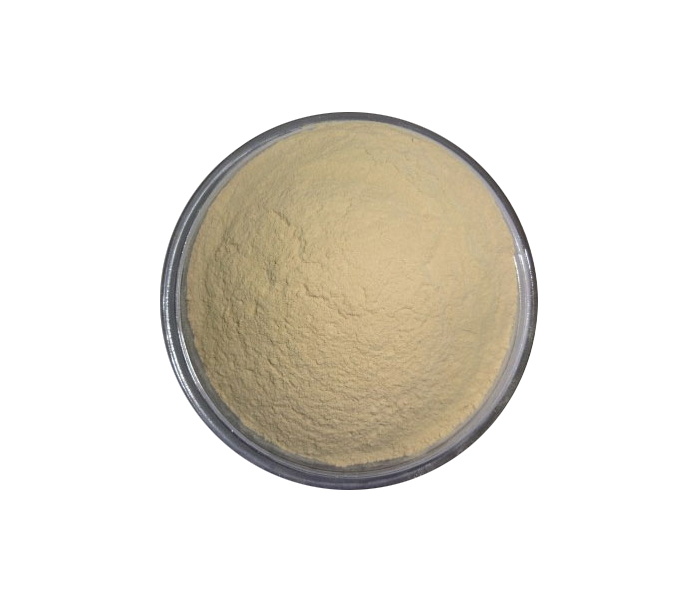Guar Gum Powder
Description
Guar Gum Powder
Guar gum, also called guaran, is a galactomannan. It is primarily the ground endosperm of guar beans. The guar seeds are dehusked, milled and screened to obtain the guar gum. It is typically produced as a free-flowing, off-white powder.
Guar gum comes from the endosperm of the seed of the legume plantCyamopsis tetragonolobus. Cyamopsis tetragonolobus is an annual plant, grown in arid regions of India as a food crop for animals. India is native of guar or cluster bean where it is used as a vegetable. From hundreds of years Guar has been used as vegetable in India. It is also used as a cattle food, and as a green manure crop in agriculture.
The guar plant, also known as a cluster plant, grows primarily in the northern regions of India. It thrives on the drought monsoon cycles present in those areas. The plants are harvested after the monsoon season and the seeds are allowed to dry in the sun. The seeds are then manually or mechanically separated and processed into a flour or sold as split seeds. Guar gum is an important cash crop for the Indian economies.
Guar gum can best be described as a natural food thickener. Guar gum is said to have significantly more thickening ability than cornstarch, at a fraction of the cost. This has made guar gum a popular additive in products such as puddings and ice creams. Until recently, guar gum was also an ingredient in non-prescription diet pills designed to create a sense of fullness.
While consumers may balk at such exotic ingredients as locust bean gum, carageenan and guar gum, the truth is many of our ice creams, puddings and canned sauces would be fairly inedible without them. Guar gum is not just a thickening agent, but a binder and plasticizer as well. When untreated ice cream melts and refreezes, grainy ice crystals often form. Guar gum has the natural ability to bind with water molecules, preventing them from forming the unwanted crystals. Processed foods with creamy textures are primarily held together with binders such as guar gum. Without a binder, the individual ingredients might separate into a watery mess.
Cassia Tora Seed different Name
| Popular Name(s): | Cassia Tora, Foetid Cassia, Tora, Sickle Senna, Wild Senna, Sickle Pod, Coffee Pod |
| Hindi | Charota an Chakvad |
| Gujarati | Puwad , Kawaria |
| Bengali | Chakunda |
| Malayalam | Chakramandrakam |
| Sanskrit | Chakramarda & Dadmari |
| Chinese, pinyin | jué míng zi , 决明子 |
| Japanese | ebisu-gusa, エビスグサ |
| Korean | Gyeolmyeongja, 결명자; |
| Portuguese | fedegoso |
Application of Guar Gum Powder
The characteristic behavior of Cassia tora Gum Powder for different application
- Gelling Agent
- Thickener
- Emulsifier
- Stabilizer
- moisture retention agents
- Texturizing Agent
- Bonding agent
Pet Food
Applications: Dry Food, Wet Food, Canned pet food, Snacks, Dog Food, Cat Food
Function: cassia gum for use as a thickening agent, gelling agent and stabilizer in pet foods
Cattle Feed & Poultry Feed
Applications : Cow Food, Bird Food ,
Functions :- cassia gum for use as a thickening agent, gelling agent and stabilizer
Dairy Products
Applications: Cream, Cheese, Yogurt, desserts, Ice cream
Function: Its helps maintain homogeneity and texture of ice creams and sherbets. As a thickener.
Baked Goods
Applications:- Donuts, Bread Cookies, Cakes, Biscuits Functions:- To increases dough yield, gives greater resiliency, and improves texture and shelf life in pastry fillings, it prevents weeping of the water in the filling, keeping the pastry crust crisp.
Food
Applications : Noodles, Snacks, pasta, meat
Functions: Improve texture, Thickening.
Personal Care Products
Applications:- Cosmetics, Toiletries, Hair oil, Shampoo, Soap, Gel
Functions :- Cassia tora use in personal care products as a surfactant, a water soluble agent and an active ingredient.
Pharmaceutical Products
Applications :- Medicines, Drugs, creams, gels, pastes, ointments, tablets, gel capsules, suppositories, anti-fungal foams, eye drops
Functions:- Cassia tora derivatives use as a thickener and lubricant in medical products.
Specification Of Guar Gum Powder
Physical and Chemical properties of guar gum powder
| Particle size (Mesh) | 100 | 200 | 300 |
| APPEARANCE | off-white Powder |
off-white Powder |
off-white Powder |
| MOISTURE | 12% Max. | 12% Max. | 12% Max. |
| PROTEIN (N X 6.25) |
5% Max. | 5% Max. | 5% Max. |
| ASH | 1.0% Max. | 1.0% Max. | 1.0% Max. |
| ACID INSOLUBLE RESIDUE(A.I.R.) | 3% Max. | 3% Max. | 3% Max. |
| GUM CONTENT (by difference) |
80% Min. | 80% Min. | 80% Min. |
| pH (1% Solution) |
5.5–7.0 | 5.5–7.0 | 5.5–7.0 |
Viscosity
| Viscosity 24 Hours (1% Sol. Brookfield RVT Viscometer 25°C, Spindle No. 4, 20 rpm) | 2500 – 5000 Cps | 3500 – 7000 Cps | 3500 – 6000 Cps |
Microbiological
| Total Plate Count (/gram) | < 5000 | < 5000 | < 5000 |
| Yeast and moulds (/gram) | < 500 | < 500 | < 500 |
| Coli forms / E. coli (10/gram) | Negative | Negative | Negative |
| Salmonella (25/gram) | Negative | Negative | Negative |
Heavy Metal
| Lead | 0.1 ppm Max | 0.1 ppm Max | 0.1 ppm Max |
| Cadmium | 0.1 ppm Max | 0.1 ppm Max | 0.1 ppm Max |
| Heavy Metal As Pb | 10 ppm Max | 10 ppm Max | 10 ppm Max |
| Arsenic | 0.03 ppm Max | 0.03 ppm Max | 0.03 ppm Max |
| Mercury | 0.03 ppm Max | 0.03 ppm Max | 0.03 ppm Max |
Packing
25 Kg HDPE Poly woven paper bag with inside liner










